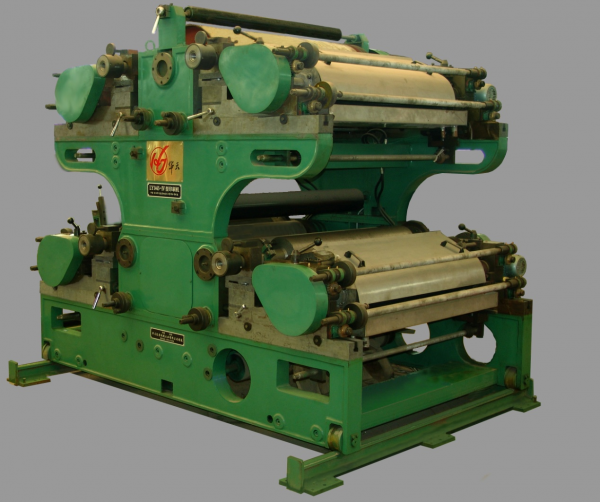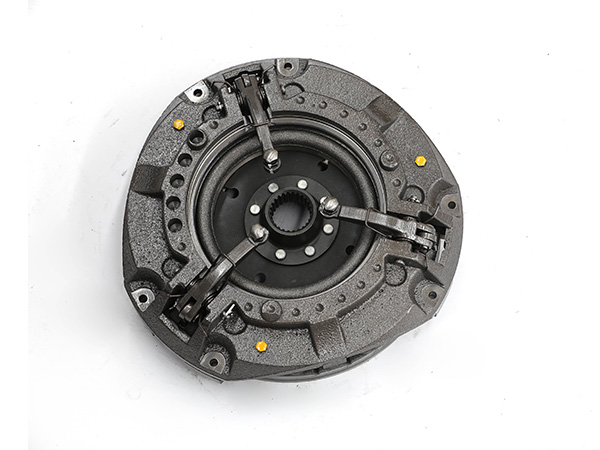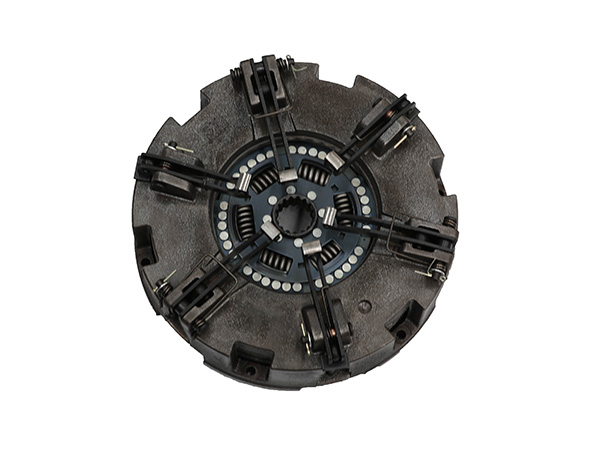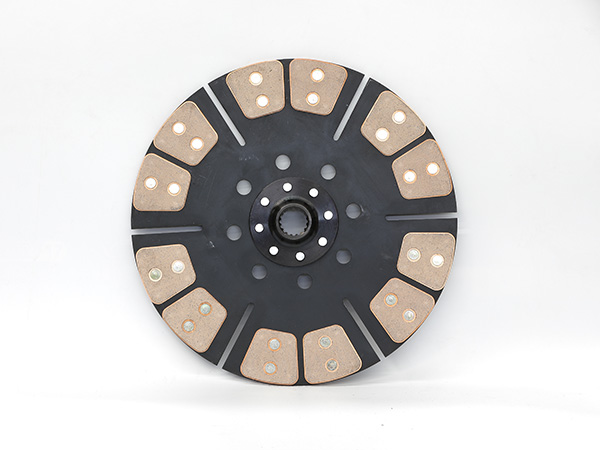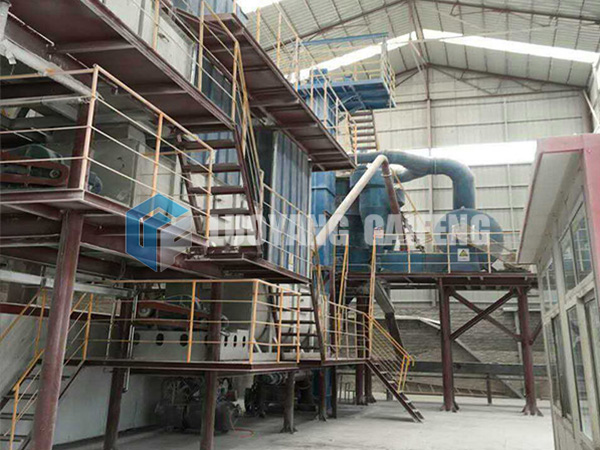Como el nombre sugiere, la Entonces, ¿sabes cómo? is used to bond the bottom of the paper bag to the whole through a certain hot pressing or gluing process. A menudo usamos varias bolsas de papel en nuestra vida diaria., pero pocas personas entienden el principio de funcionamiento y el proceso de trabajo de esta máquina para fabricar bolsas..
El principio de funcionamiento de la máquina de fondo cuadrado.
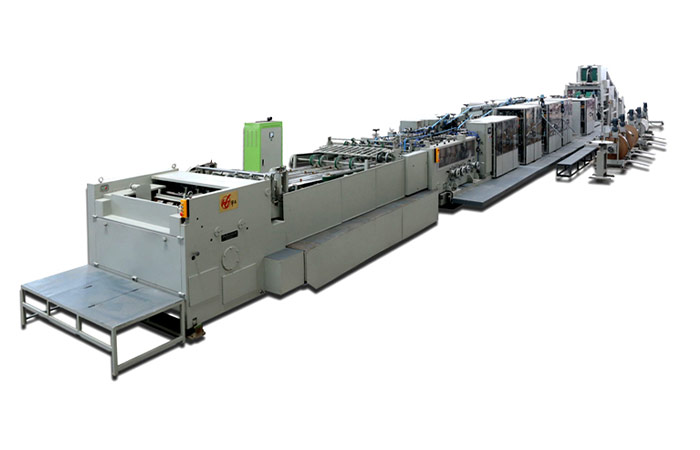
1. Mecanismo de descarga del silo
El aparato incluye un estante. El marco está provisto de un plato giratorio., un tocadiscos, un conjunto de succión de papel dispuesto en el plato giratorio, a silo, y un mecanismo de descarga; el silo y el mecanismo de descarga están dispuestos a ambos lados por encima del marco, y el silo y el mecanismo de descarga están ubicados en la trayectoria de rotación de la plataforma giratoria. ; El plato giratorio incluye un cuerpo de disco en ambos extremos y un mandril que conecta los dos cuerpos de disco..
2. Dispositivo de succión de papel
El conjunto de succión de papel está instalado de forma giratoria en dos cuerpos de disco de la plataforma giratoria., uno de los cuerpos del disco está provisto de un mecanismo de transmisión para impulsar la rotación del conjunto de succión de papel, y el otro cuerpo del disco está provisto de un mecanismo de distribución de gas para distribuir aire al conjunto de succión de papel; el conjunto de succión de papel incluye un eje hueco, el eje hueco está dispuesto de forma giratoria en los dos cuerpos de disco de la plataforma giratoria, y varias ruedas de succión de papel están revestidas en el eje hueco.
…
para que el funcionamiento de la timonería sea más ágil y cómodo:https://www.lyhuatianm.com/products-information/the-working-principle-of-the-square-bottom-machine.html

